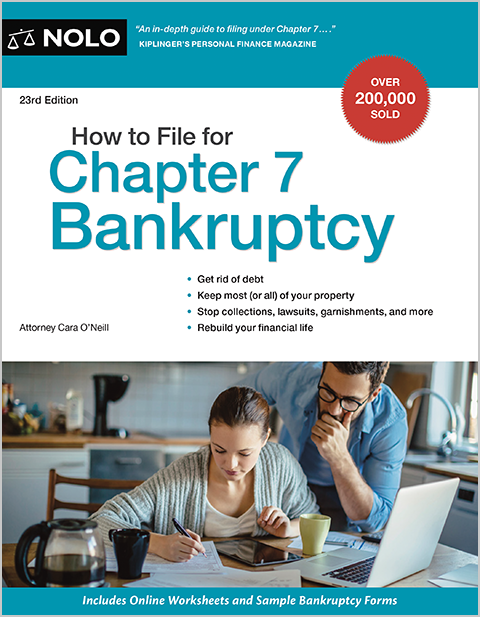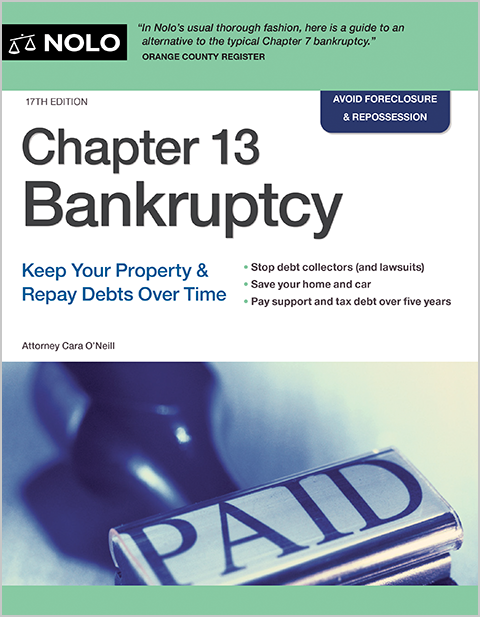"Lien stripping" in Chapter 13 bankruptcy allows certain homeowners to get rid of a second mortgage or home equity line of credit. Learn how it works.
If your house has gone down in value since you bought it, a Chapter 13 bankruptcy might help you to get rid of your second mortgage. This is done through a process called "lien stripping." Read on to learn how to use lien stripping to remove your second mortgage lien from your house.
What Is Lien Stripping?
Lien stripping is a Chapter 13 bankruptcy tool that allows people who are upside down (meaning their mortgage exceeds the value of their house) on their house to get rid of their junior liens, such as second or third mortgages. Through a lien strip, the bankruptcy court essentially takes your second mortgage (which is a secured debt where the lender can foreclose on your property if you miss your payments) and converts it to an unsecured debt (just like a credit card debt) by ordering the lender to remove its lien from the property.
How Does Lien Stripping Work?
You can only strip your second mortgage or other junior liens if the amount of the senior liens on the property exceeds the home's market value. For example, if you have a first and a second mortgage on your house, your first mortgage balance must be more than what your house is worth before you can get rid of your second mortgage.
If you have three mortgages, you can strip your second and third mortgages if your first mortgage is greater than the value of your house. However, if your house is worth more than your first mortgage alone but not more than the combined balance of your first and second mortgages, you can only strip your third mortgage.
Example. Assume your house is worth $200,000. You have a $250,000 first mortgage, a $50,000 second mortgage, and a $30,000 HELOC. In this case, since your first mortgage is greater than your house value, you can strip your second mortgage. Similarly, you can get rid of the $30,000 HELOC as well. However, if your house were worth $275,000, you would have equity above and beyond your first mortgage. You could strip the HELOC but not the second mortgage.
When Does the Junior Mortgage or Loan Go Away?
The lien attached to the second mortgage or other junior secured debt is removed, which allows the debt to be reclassified as nonpriority unsecured debt, like medical and credit card debt. You pay your disposable income toward your unsecured debt through your Chapter 13 plan. Because nonpriority unsecured debts must share your disposable income, you usually pay little toward these debts. But not always. It will depend on how much income you make. If you complete the plan, anything left on the mortgage is discharged (wiped out).
Lien Stripping in Chapter 7 Bankruptcy
On June 1, 2015, the Supreme Court of the United States held in Bank of America, N.A. v. Caulkett that a bankruptcy filer cannot strip off a junior mortgage lien in a Chapter 7 case. You can view the case here.

